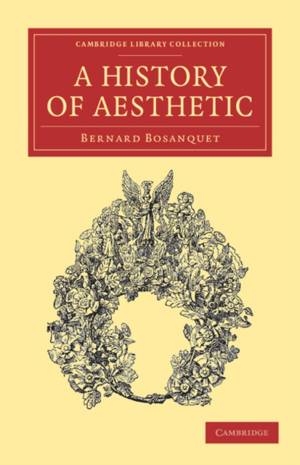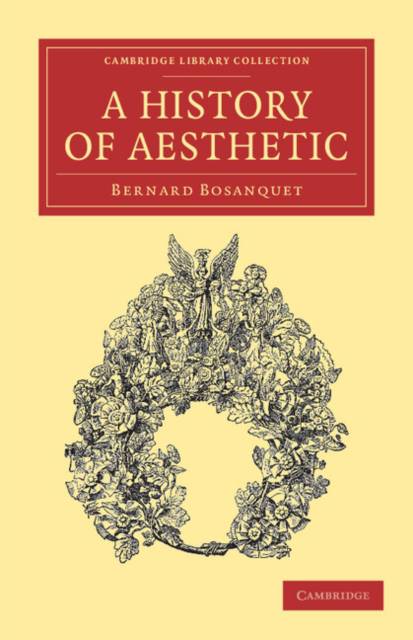
- Afhalen na 1 uur in een winkel met voorraad
- Gratis thuislevering in België vanaf € 30
- Ruim aanbod met 7 miljoen producten
- Afhalen na 1 uur in een winkel met voorraad
- Gratis thuislevering in België vanaf € 30
- Ruim aanbod met 7 miljoen producten
Zoeken
Omschrijving
After more than ten years teaching ancient Greek history and philosophy at University College, Oxford, the British philosopher and political theorist Bernard Bosanquet (1848-1923) resigned from his post to spend more time writing. He was particularly interested in contemporary social theory, but he was also concerned with philosophical questions about art and aesthetics. In this area, Bosanquet had been influenced by William Morris (1834-96) and John Ruskin (1819-1900), as well as the German philosopher Hegel (1770-1831), and their ideas underlie this book, published in 1892. Bosanquet considered aesthetic theory to be a branch of philosophy, and this work focuses on the evolution of theories about beauty. He begins by considering influential ancient Greek and Roman concepts before seeking out the aesthetic consciousness of the middle ages. The latter part of the book is concerned with theories from eighteenth- and nineteenth-century philosophers.
Specificaties
Betrokkenen
- Auteur(s):
- Uitgeverij:
Inhoud
- Aantal bladzijden:
- 526
- Taal:
- Engels
- Reeks:
Eigenschappen
- Productcode (EAN):
- 9781108040228
- Verschijningsdatum:
- 8/12/2011
- Uitvoering:
- Paperback
- Formaat:
- Trade paperback (VS)
- Afmetingen:
- 140 mm x 216 mm
- Gewicht:
- 662 g

Alleen bij Standaard Boekhandel
+ 199 punten op je klantenkaart van Standaard Boekhandel
Beoordelingen
We publiceren alleen reviews die voldoen aan de voorwaarden voor reviews. Bekijk onze voorwaarden voor reviews.











